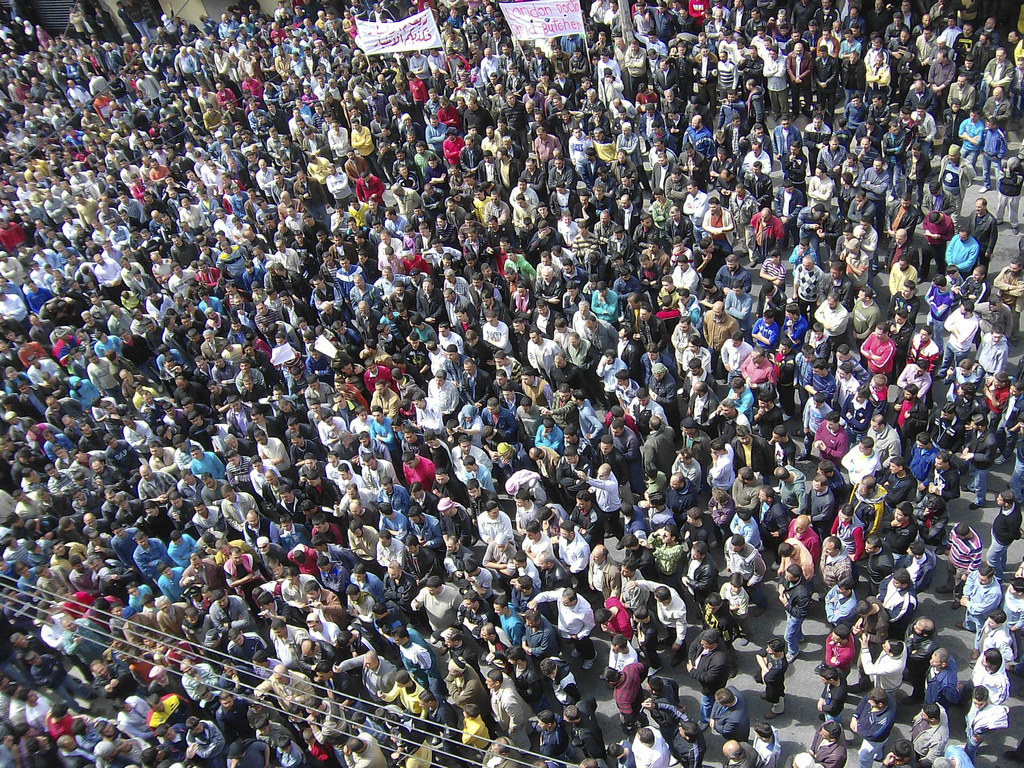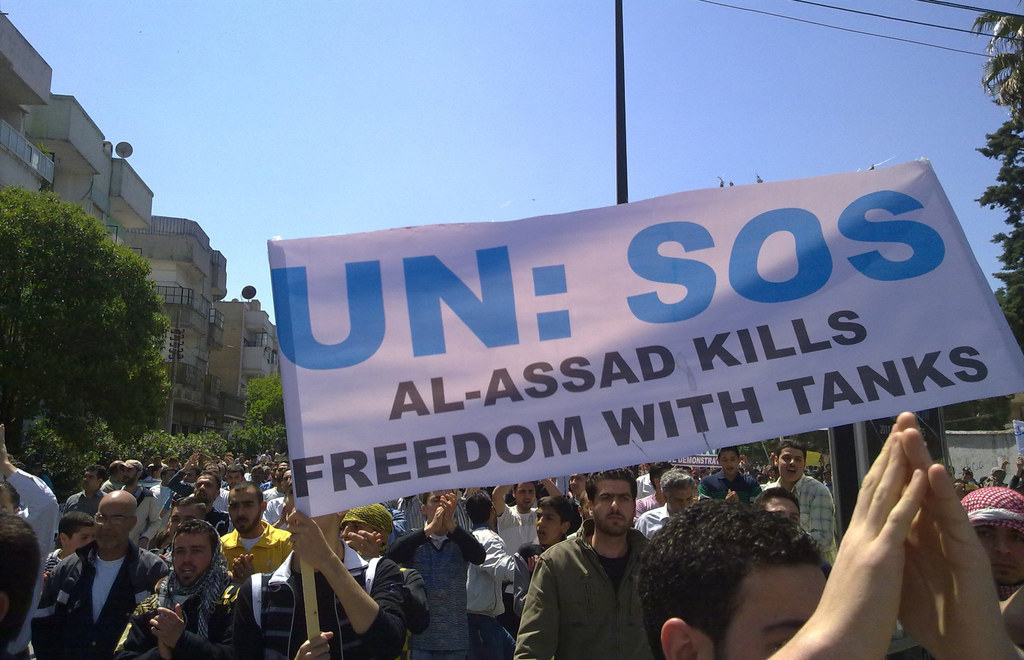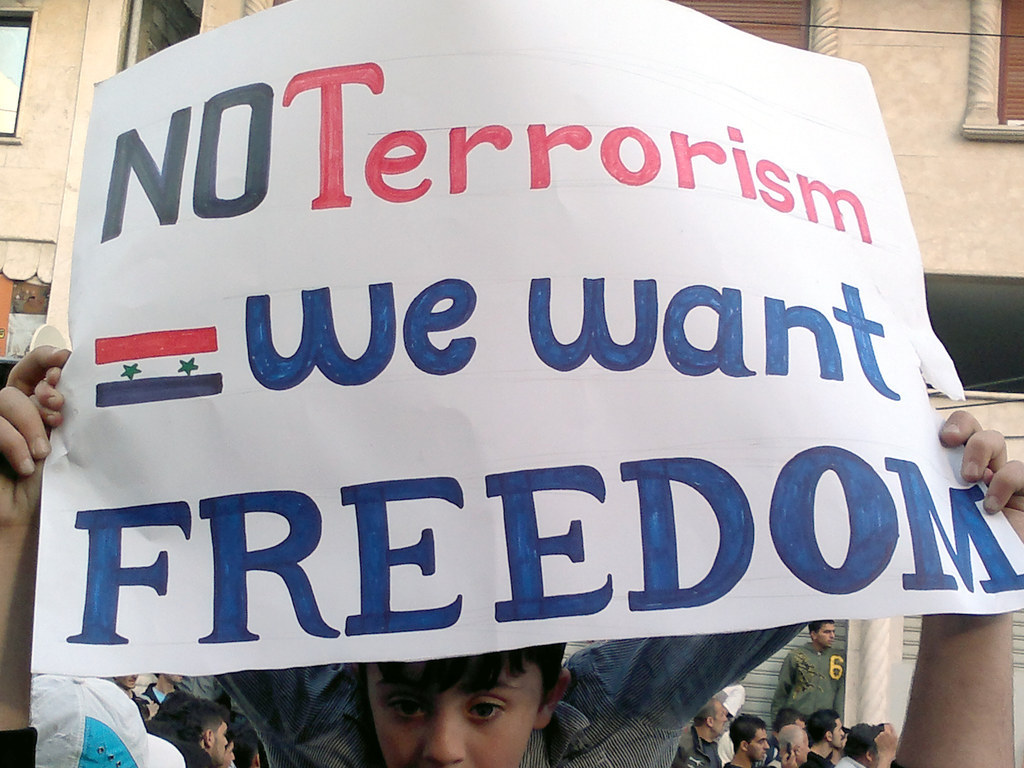Tunisia

When Mohamed Al Bouazzizi, a 26-year-old university graduate couldn't find work, he started selling fruits on the roadside. On Dec. 17, 2010, the scales he needed to make a living were confiscated. When they weren't returned, he set himself on fire.
His immolation, and subsequent death, is what is often marked as the flashpoint that set off the protests that would become the Arab Spring. By Jan. 14, 2011, Ben Ali had fled Tunisia in the face of massive protests.
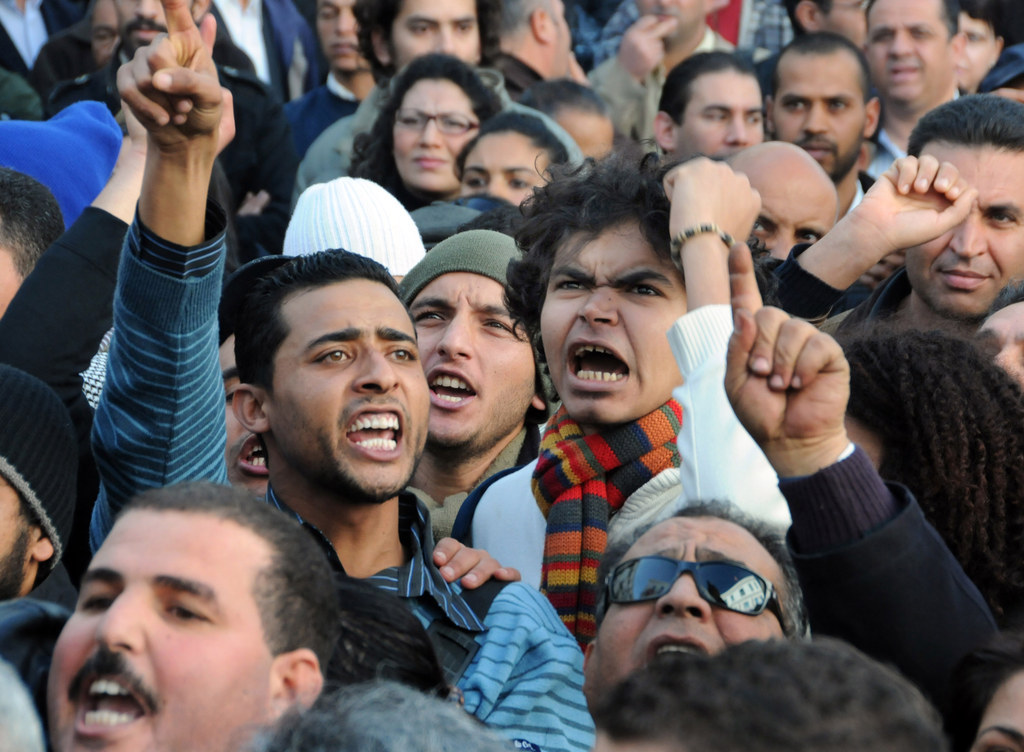
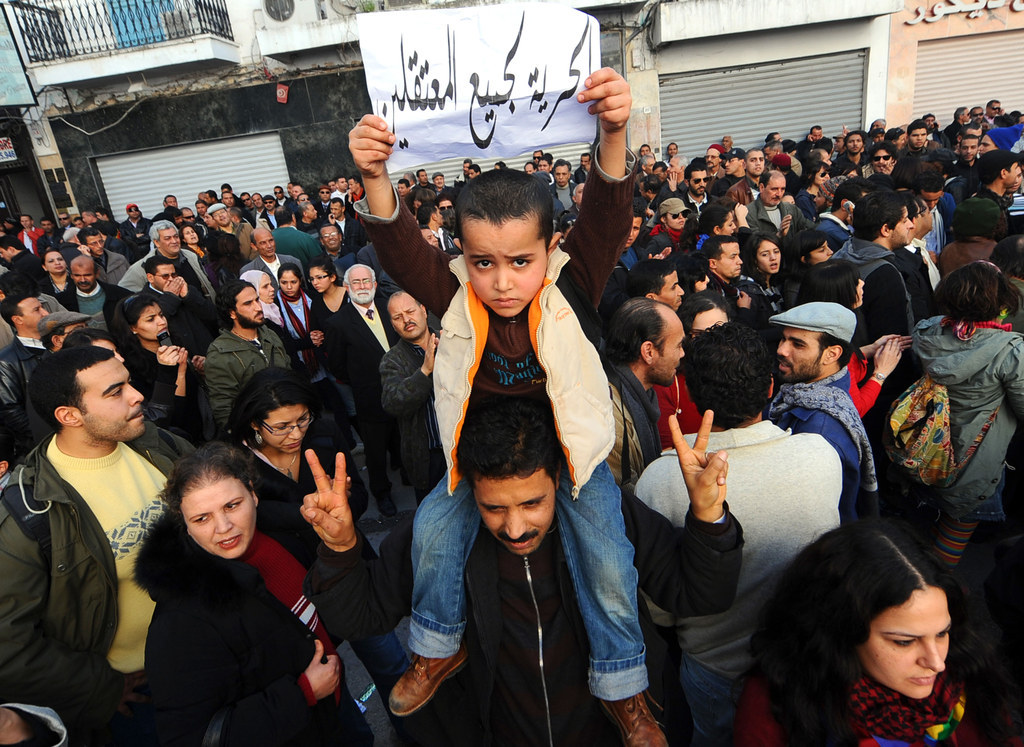
Egypt
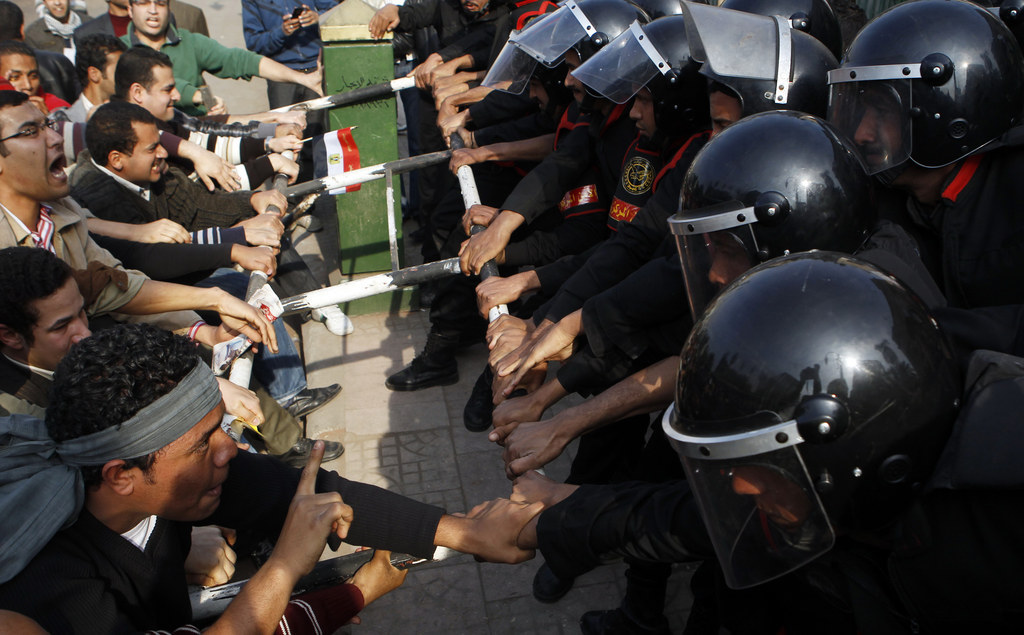
The protests in Tunisia soon spread to Egypt, under the rule of longtime president Hosni Mubarak. Demonstrations began on Jan. 25, the day that has been commemorated since then as the start of the revolution. Within 18 days, Mubarak had stepped down.
Since then, an Egyptian army-led coup removed a Muslim Brotherhood-backed president, Mohammed Morsi, from power. In his place Abdel Fattah el-Sisi, Field Marshal of the army, assumed power. The anniversary of the revolution has been subdued this year.
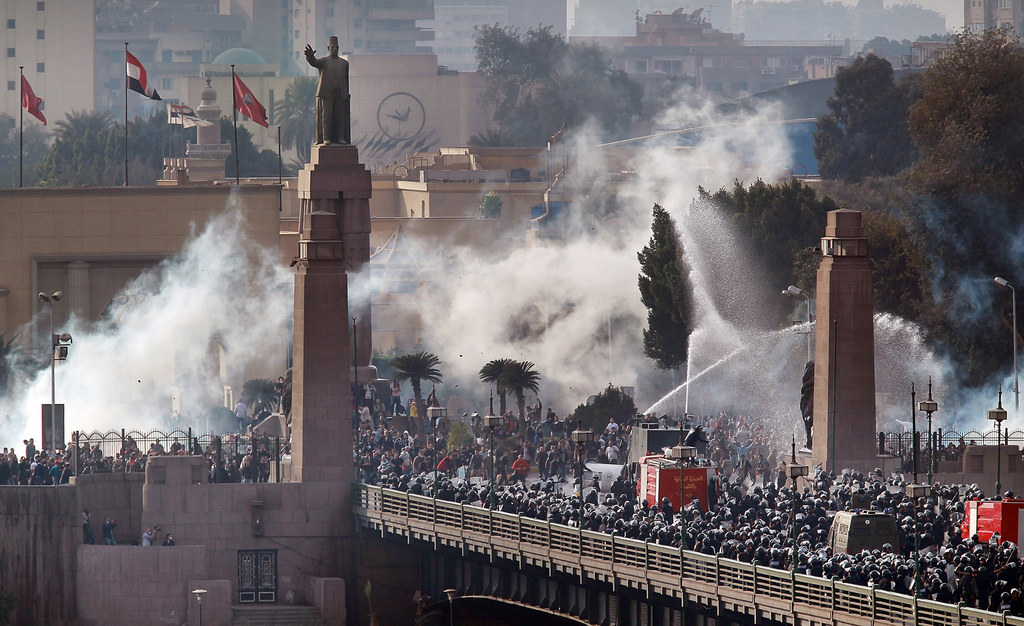
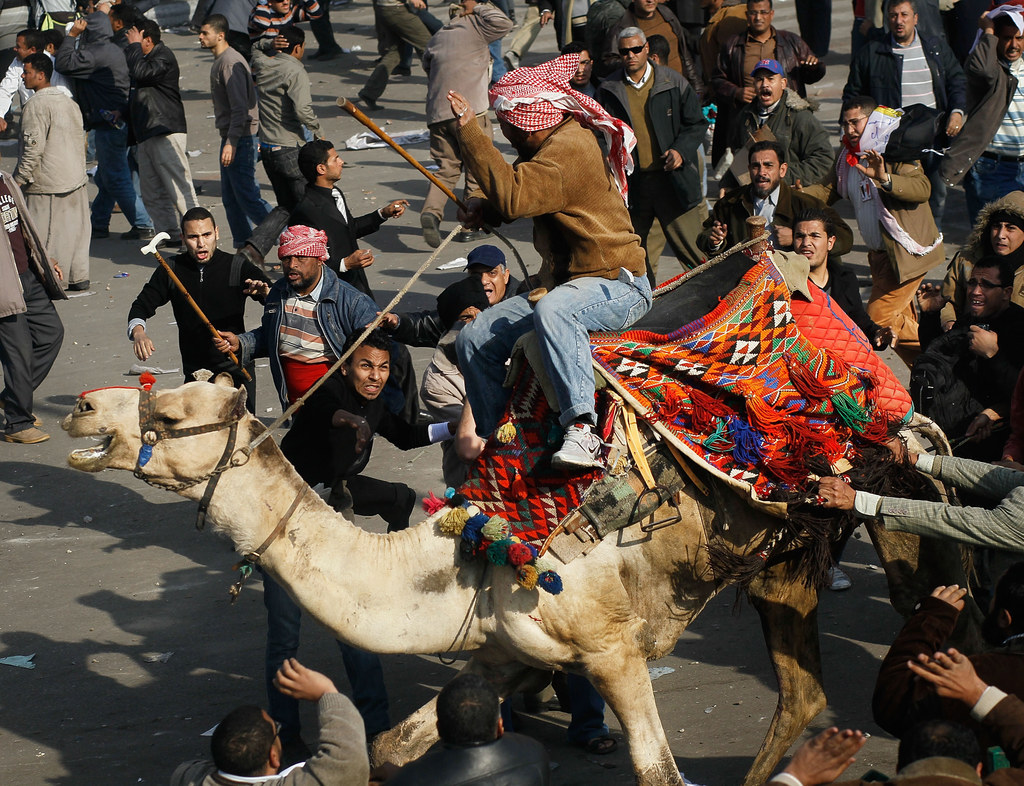
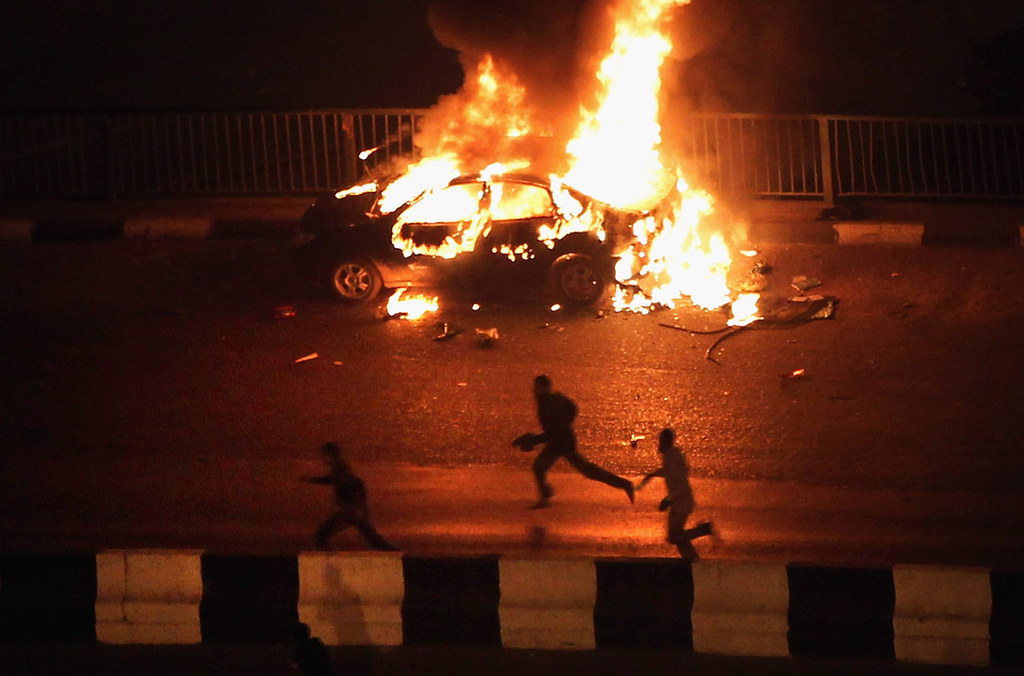
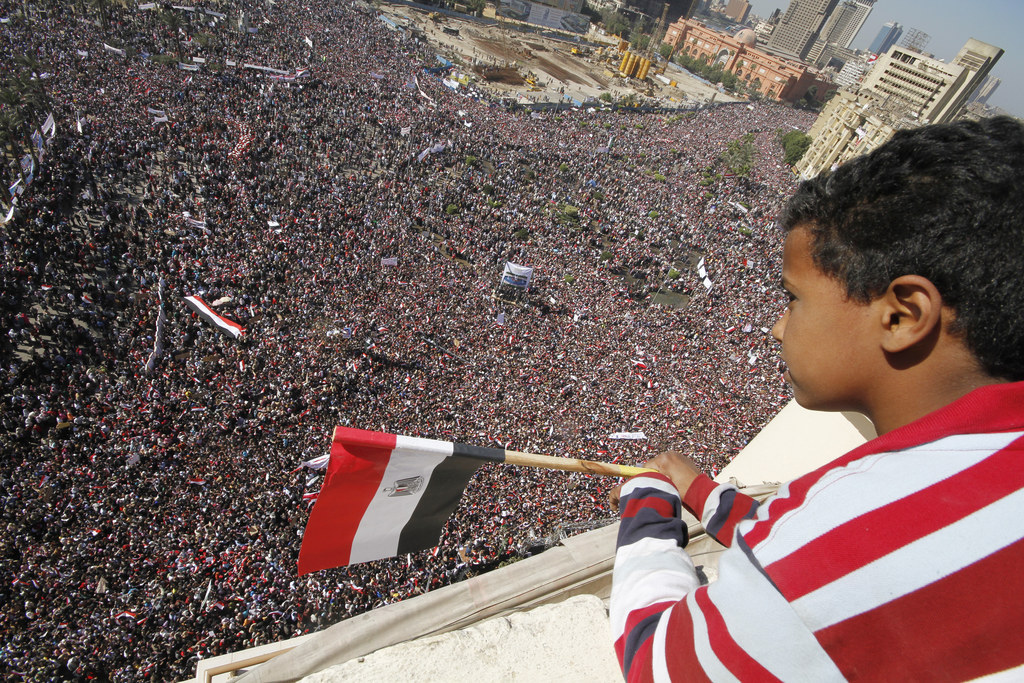
Libya
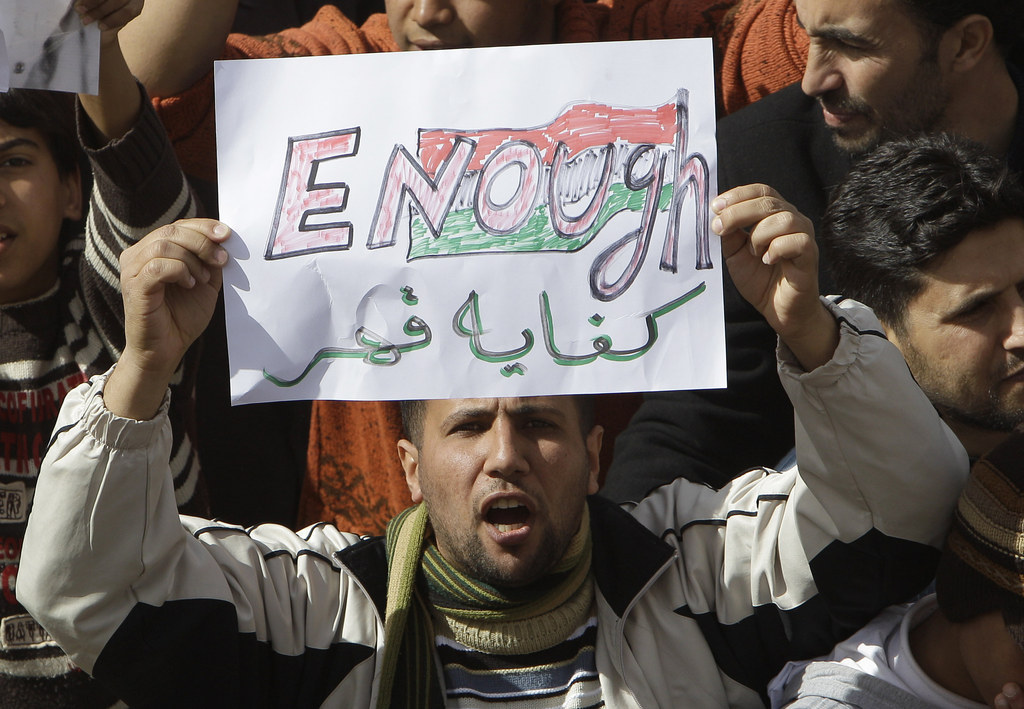
When Libyans confronted Muammar al-Qaddafi in the streets, they were met with force. What started as peaceful protests soon spiraled into outright civil war, with rebels in the east pushing west.
The United Nations in April voted to allow other countries to protect Libyans in the face of a massacre. NATO interpreted that as backing Libya's rebels in an air campaign to remove Qaddafi, who fell in October 2011. In the years since, Libya has continued to remain on civil war-footing as competing factions struggle for control.
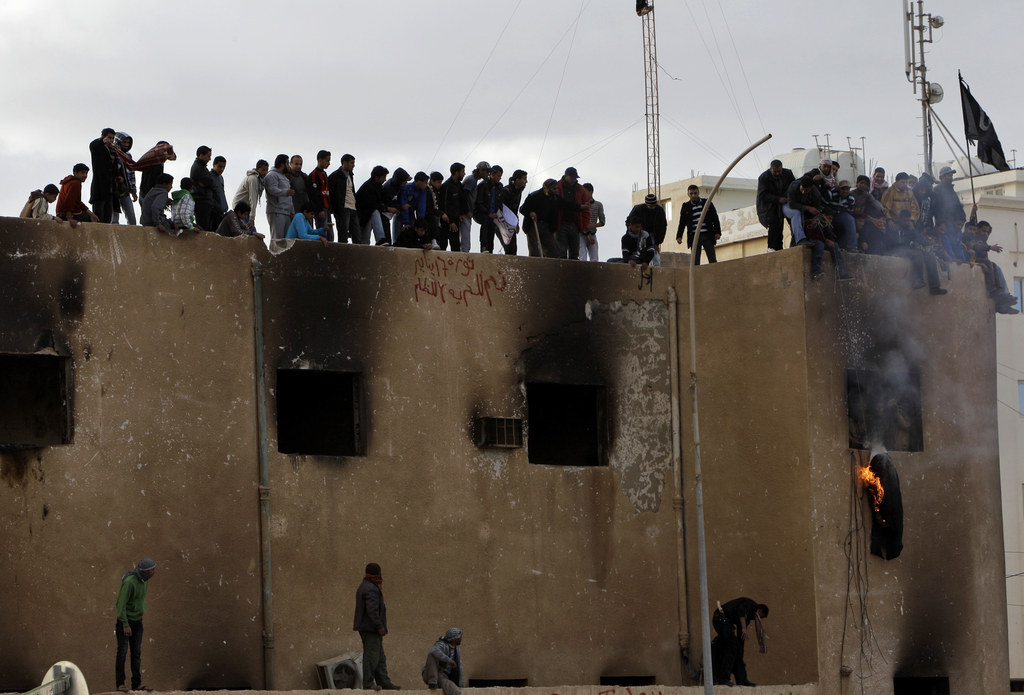

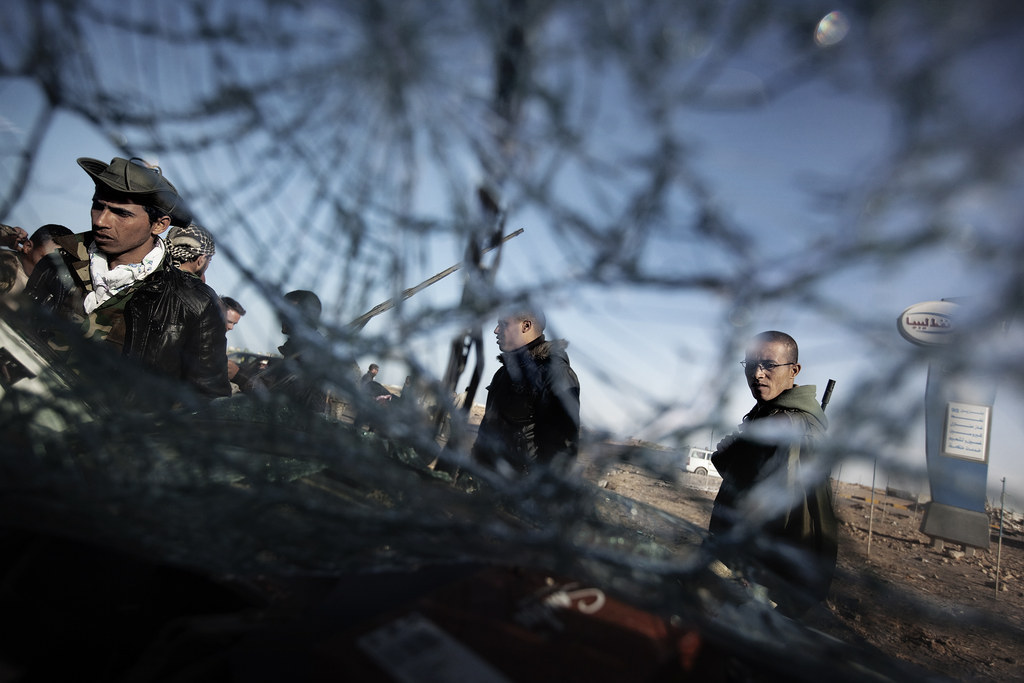
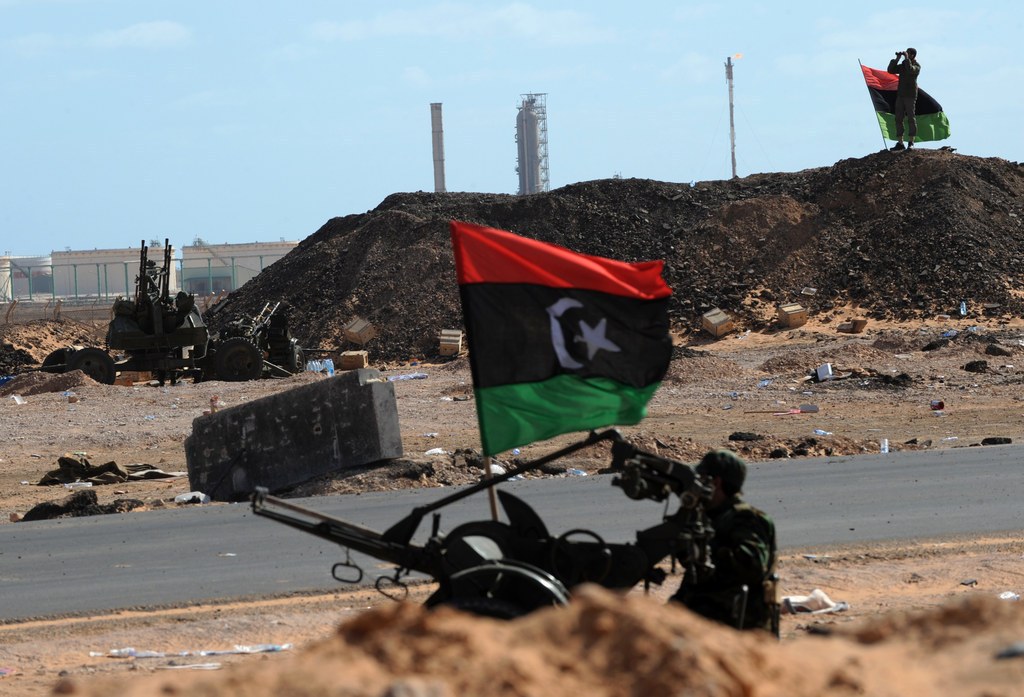
Bahrain
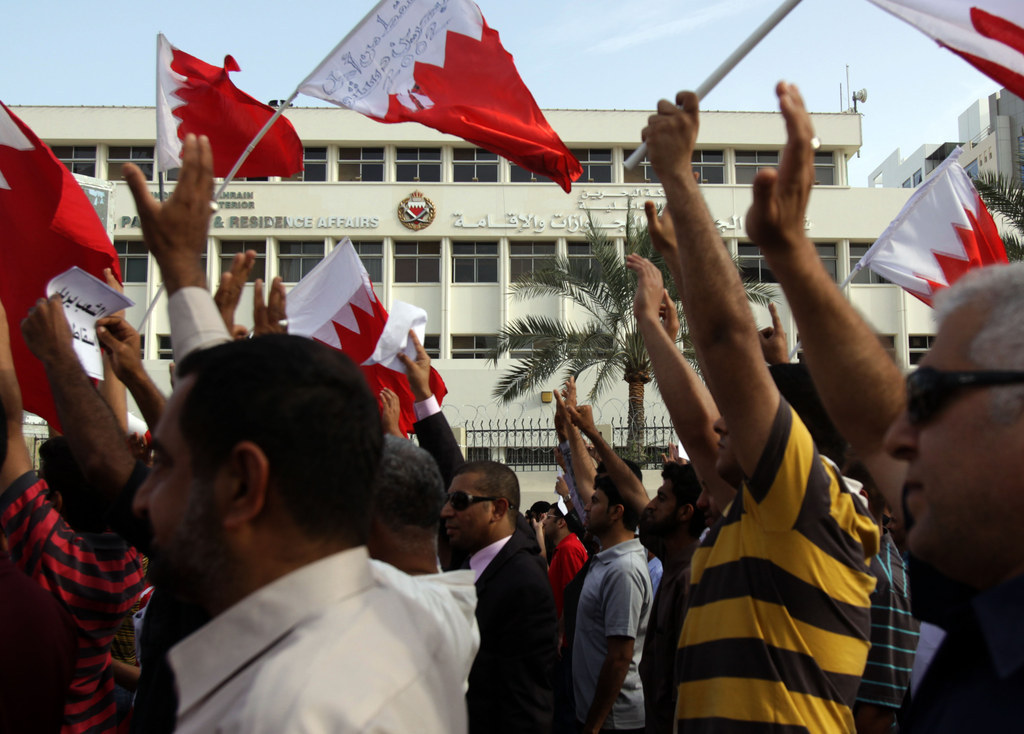
Bahrain also saw protests demanding greater democracy, in this case paired with calls for increased political involvement from the Shiite minority. Like in Libya, protesters were met with force, leaving the regime in power.
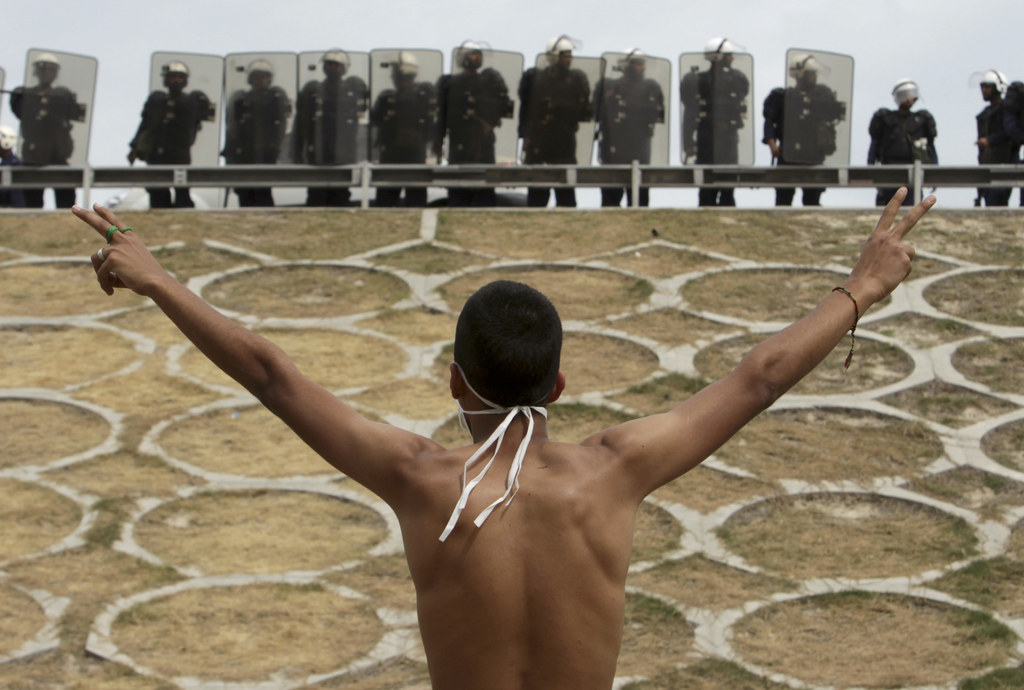
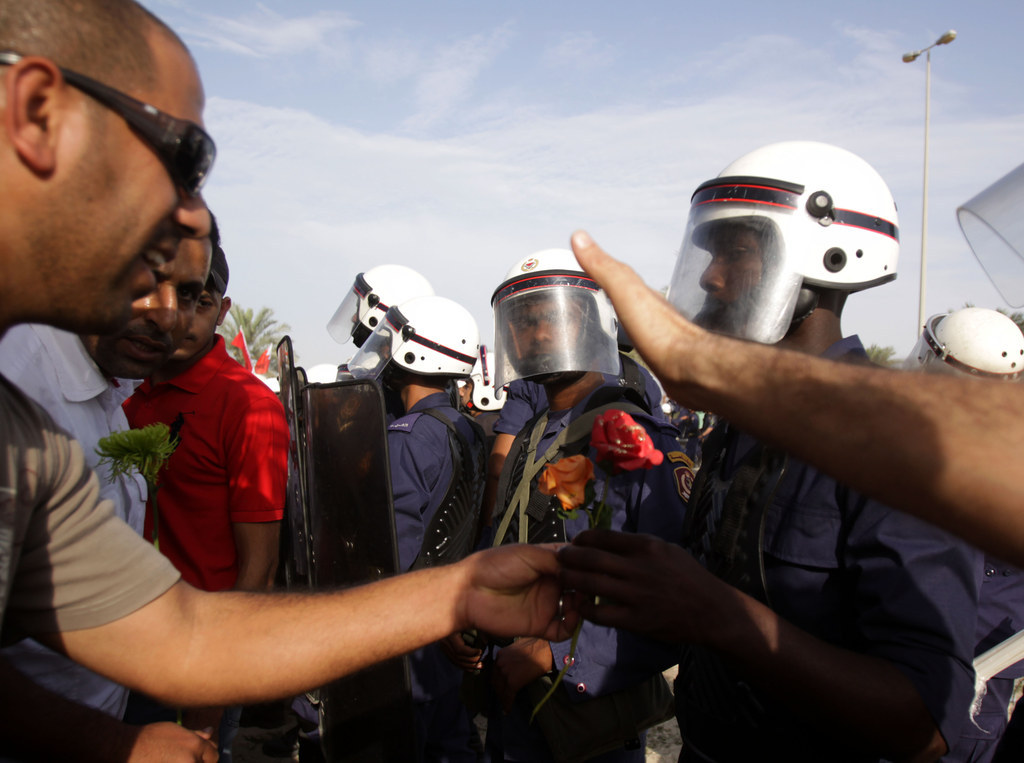
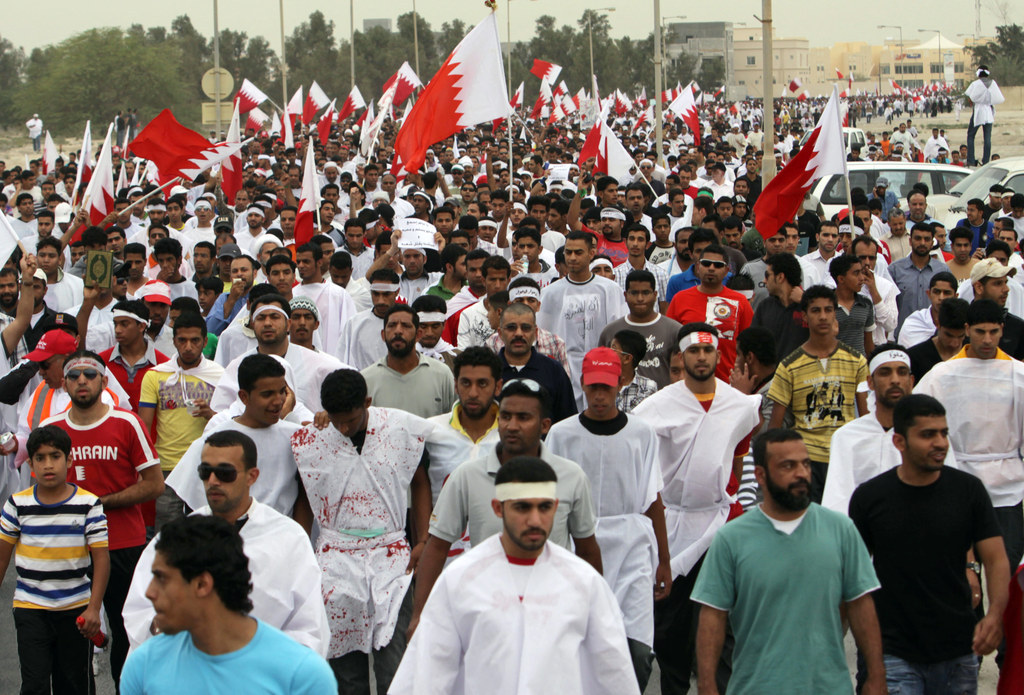
Yemen

The aftermath of protests in Yemen — a UN-backed transition government put into place after President Ali Abdullah Saleh stepped down in November 2011 — was initially hailed as a possible guideline for other Arab Spring countries.
Unfortunately, Yemen has since collapsed in on itself, following a rebellion that Saleh helped spur onward and the intervention of Saudi Arabia and other gulf countries on the current government's behalf.
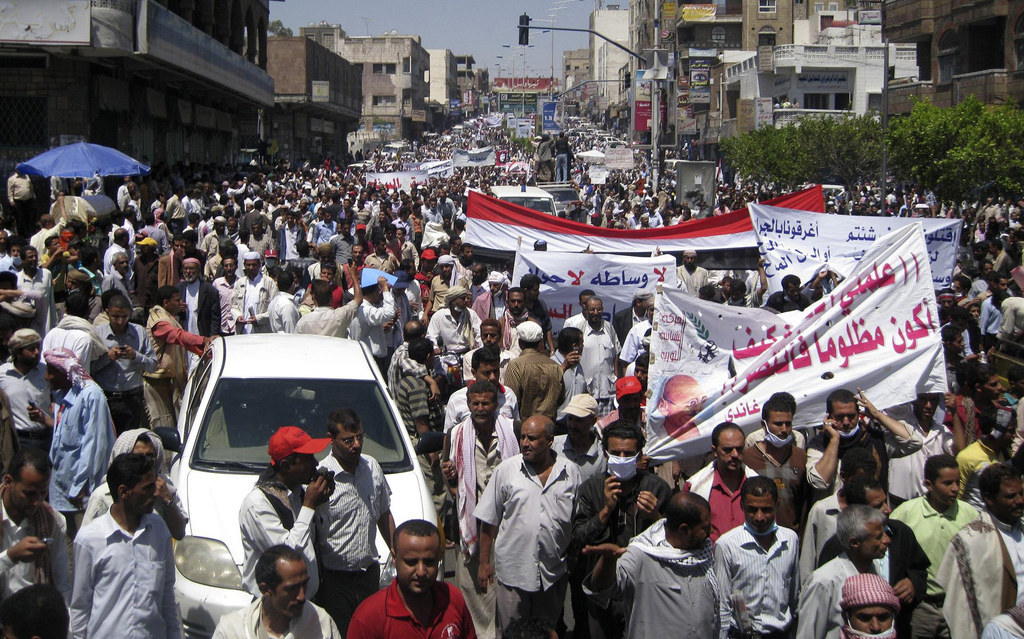
Syria
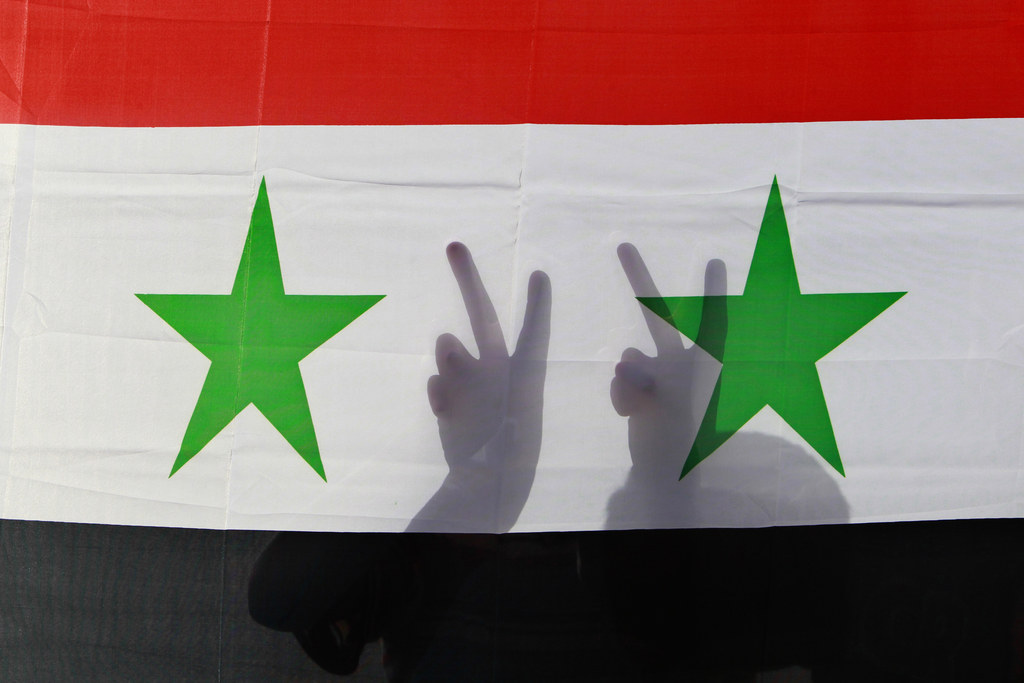
Protests in Syria began in April 2011 with the hope of increased democracy. It has become one of the most intractable problems in the Middle East, with Syrian President Bashar al-Assad clinging to power as rebels and ISIS struggle for territory.
